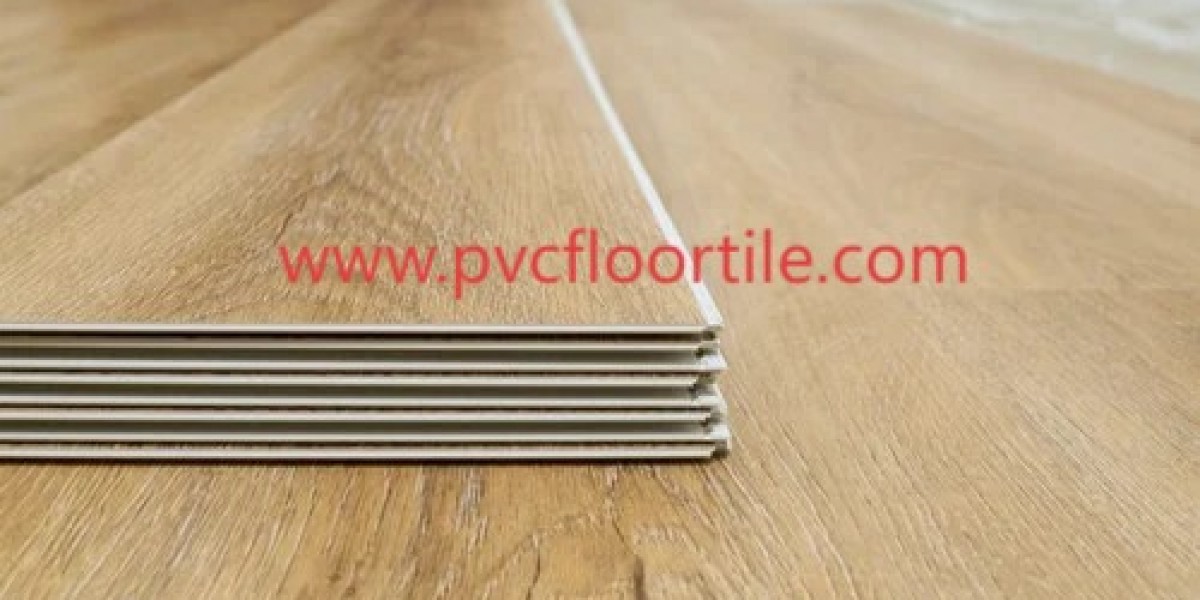Introduction to High Voltage Screened EV Cables
The growing popularity of electric vehicles (EVs) has revolutionized the automotive industry, and at the heart of this transformation lies a network of specialized components, such as high voltage screened EV cables. These cables ensure efficient power transfer, safety, and performance in EVs, playing a pivotal role in their functionality. As demand for EVs surges globally, the high voltage screened EV cable market has become a cornerstone of the automotive supply chain, sparking innovation and growth opportunities for manufacturers and suppliers alike.
What Are High Voltage Screened EV Cables?
High voltage screened EV cables are specialized wiring systems designed to carry high electrical loads within an electric vehicle. Unlike traditional cables, these are engineered to withstand intense power demands while minimizing electromagnetic interference (EMI). The screening, typically composed of metal or conductive materials, prevents EMI from affecting nearby electronics and ensures stable system performance. These cables are critical for maintaining the reliability and safety of EV operations, especially as vehicle designs become more complex.
Importance of High Voltage Screening in Electric Vehicles
High voltage screening enhances both safety and efficiency. Screening prevents the leakage of electromagnetic waves, which can interfere with other vehicle systems, potentially causing malfunctions. Moreover, it reduces energy loss and protects against external electrical disturbances, ensuring consistent performance in EVs, particularly under extreme driving conditions.
Key Components and Materials Used in High Voltage Screened EV Cables
Conductors and Insulation Materials
Conductors, usually made of copper or aluminum, provide excellent electrical conductivity. These materials are carefully selected to balance performance and weight, a crucial factor in vehicle design. Insulation layers, often made of cross-linked polyethylene (XLPE), add a protective barrier to prevent electrical arcing and enhance durability.
Screening and Shielding Technologies
The screening layer in these cables comprises braided metal or foil, which blocks EMI effectively. Advanced shielding technologies, such as double-layer screening, are increasingly employed to meet stringent automotive standards and enhance cable robustness.
Applications of High Voltage Screened EV Cables in Electric Vehicles
Battery Systems and Powertrains
High voltage screened cables form the backbone of EV battery systems, connecting power sources to the drivetrain. They facilitate seamless power transmission to motors, enabling efficient vehicle operation.
Charging Infrastructure Integration
These cables also play a crucial role in charging systems, linking EVs to charging stations. Their robust design ensures reliable and safe power transfer during fast-charging sessions, a key factor in user experience.
Industry Trends and Innovations
Technological Advancements in EV Cable Design
Innovations such as lightweight materials and flexible cable structures are addressing performance and cost-efficiency challenges. Manufacturers are exploring nanotechnology and advanced polymers to enhance cable longevity and reduce environmental impact.
Sustainable Manufacturing Practices
As the automotive industry emphasizes sustainability, manufacturers are adopting eco-friendly production techniques. Recyclable materials and energy-efficient processes are gaining traction, aligning with global efforts to reduce carbon footprints.
Market Dynamics
Growth Drivers of the High Voltage Screened EV Cable Market
The rapid adoption of EVs, supported by government incentives and consumer awareness, is driving market growth. Technological advancements and the expansion of EV charging networks further boost demand for high-quality cables.
Challenges and Barriers
Despite growth prospects, manufacturers face challenges such as fluctuating raw material prices and the need to comply with rigorous safety standards. Addressing these barriers is essential for sustainable market expansion.
Regional Market Analysis
North America
The North American market is propelled by robust investments in EV infrastructure and the presence of major automotive players.
Europe
Europe leads in regulatory advancements and sustainability initiatives, fostering innovation and market penetration.
Asia-Pacific
Asia-Pacific dominates production, driven by cost advantages and growing EV adoption in countries like China and India.
Competitive Landscape
Leading Manufacturers of High Voltage Screened EV Cables
Top players in the market include Leoni AG, Prysmian Group, and Nexans. Their focus on R&D and strategic collaborations ensures they remain competitive.
Strategic Partnerships and Collaborations
Collaborations between automakers and cable manufacturers enhance product development and expand market reach, offering tailored solutions for diverse applications.
Sedan Hatchback Suction Door market








